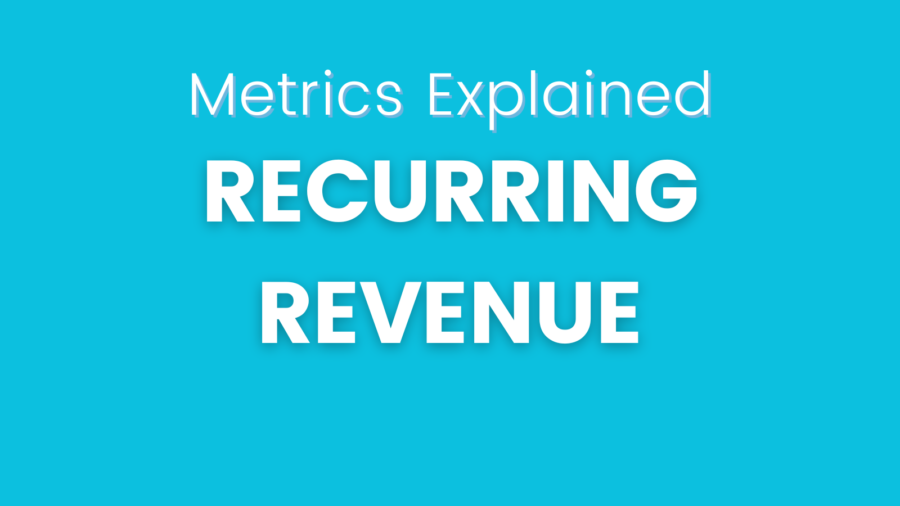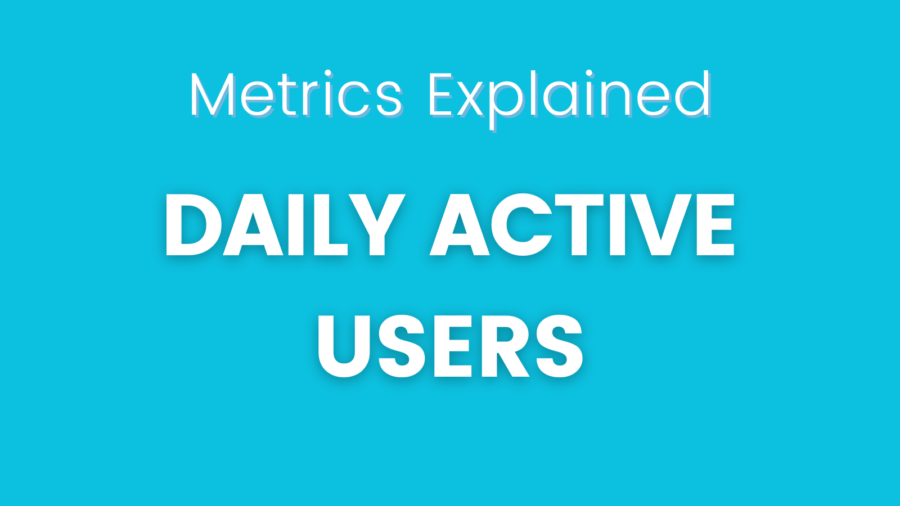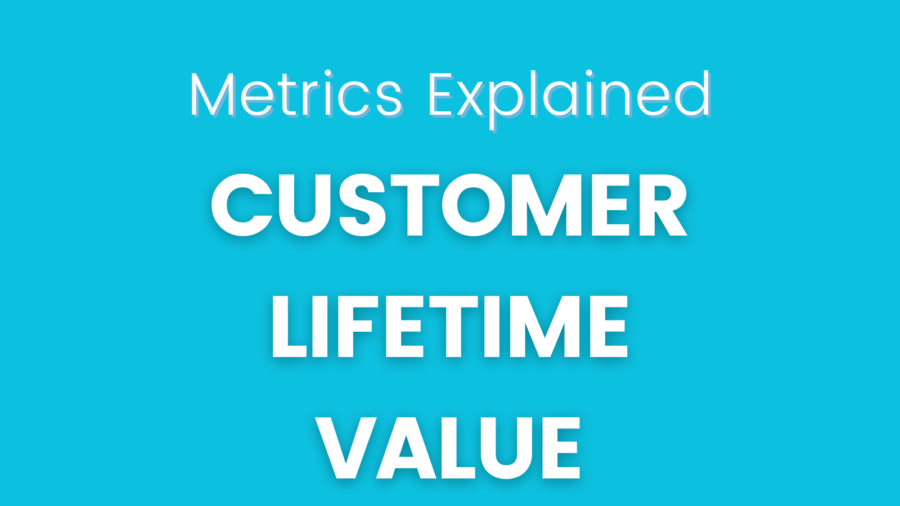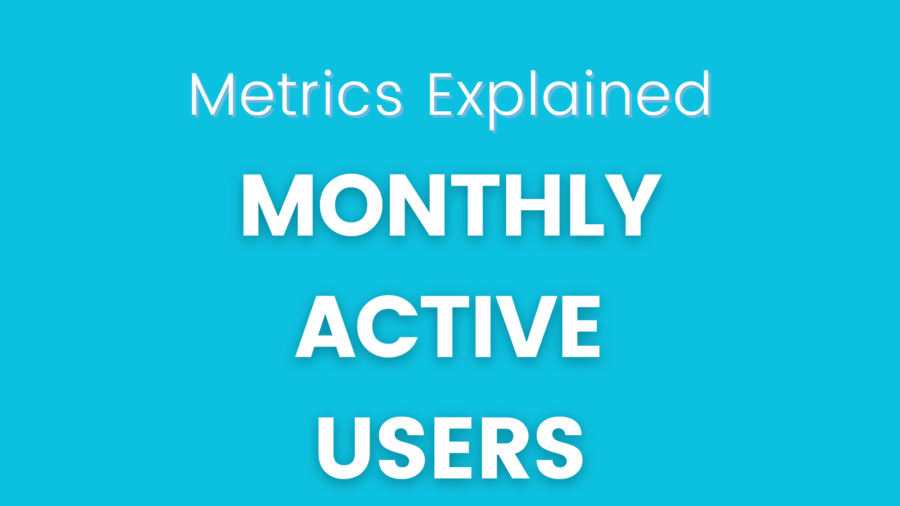As a specialist in product analytics, I am eager to explore the significance of Conversion Rate, a metric that holds utmost importance in assessing the effectiveness of product strategies and user experiences. This article will delve into what Conversion Rate signifies, its implications for product performance, and how businesses can leverage this metric to drive growth and optimize user engagement.
What is Conversion Rate?
Conversion Rate measures the percentage of users who complete a specific desired action out of the total number of users who visit a product or website. The desired action can vary based on the product’s objectives, such as making a purchase, signing up for a newsletter, or downloading an app. This metric acts as a key performance indicator, providing insights into how well a product can convert visitors into customers or subscribers.
For instance, in an e-commerce context, Conversion Rate would track the proportion of website visitors who make a purchase. A high Conversion Rate indicates that the product or website is effectively persuading users to take the intended action, while a low rate may highlight opportunities for improvement in the user experience or marketing strategies.
Implications for Product Performance
Conversion Rate has significant implications for product performance and business success. A high Conversion Rate generally reflects the effectiveness of a product’s design, user interface, and overall user experience. It suggests that the product is resonating with users and motivating them to complete the desired actions.
Conversely, a low Conversion Rate can raise concerns about user engagement, potential barriers in the user journey, or inadequate targeting of the intended audience. Analyzing the factors influencing the Conversion Rate can provide valuable insights into areas that need optimization.

Calculating Conversion Rate
Conversion rate is a critical metric in product analytics, providing valuable insights into the effectiveness of a product or website in converting visitors or users into desired actions, such as making a purchase, signing up for a service, or completing a specific task. Calculating conversion rate involves a straightforward process that helps businesses understand user behavior and optimize their product offerings.
- Define the Conversion Goal: To calculate the conversion rate, first, clearly define the conversion goal. This goal represents the desired action you want users to take. It could be completing an online purchase, subscribing to a newsletter, downloading an app, or any other action that aligns with your product’s objectives.
- Gather Data: Gather the necessary data to calculate the conversion rate. This involves tracking the number of users who visited your product or website and the number of users who successfully completed the conversion goal within a specific time period.
- Calculate Conversion Rate: Once you have the data, calculating the conversion rate is simple. The formula to calculate the conversion rate is as follows:
Conversion Rate (%) = (Number of users who completed the goal / Total number of users) * 100
For example, if your e-commerce website had 10,000 visitors during a month, and 500 of them made a purchase:
Conversion Rate (%) = (500 / 10,000) * 100 = 5%
In this example, the conversion rate for the e-commerce website is 5%. This means that 5% of the visitors successfully completed the desired goal of making a purchase.
Leveraging Conversion Rate for Growth
To improve Conversion Rates, businesses must conduct a thorough analysis and optimization efforts. A/B testing can be instrumental in comparing different versions of a product’s interface or marketing messages to determine which approach yields higher conversion rates. Additionally, studying user behavior through analytics tools can help identify the specific steps where users drop off or encounter difficulties during the conversion process.
Moreover, understanding user demographics and preferences can enable businesses to tailor their messaging and offerings to better align with the target audience’s needs and desires. Personalization plays a significant role in driving conversions, as users are more likely to take action when they feel the product addresses their specific requirements.
Example Scenario: A Subscription-Based App
Let’s consider a subscription-based mobile app to illustrate the significance of Conversion Rate. The app offers a 7-day free trial for new users to experience its premium features before committing to a subscription. The product team observes that while many users sign up for the free trial, a considerable percentage fails to convert into paying subscribers.
Upon analyzing user behavior, they discover that the conversion rate dips at the point of subscription payment. Further investigation reveals that some users are deterred by a lengthy and complicated payment process.
To improve the Conversion Rate, the team simplifies the payment process, reducing the number of steps and enabling users to complete the transaction with just a few clicks. They also offer an incentive, such as a discount for the first month, to encourage hesitant users to subscribe.
As a result of these optimizations, the Conversion Rate shows a notable improvement. More users successfully complete the subscription process, leading to an increase in paying subscribers and a positive impact on the app’s revenue.
Conclusion
In conclusion, Conversion Rate stands as a vital metric in product analytics, providing invaluable insights into a product’s ability to drive user engagement and achieve its objectives. A high Conversion Rate signifies effective user experiences and marketing efforts, contributing to business growth and success. Conversely, a low Conversion Rate signals the need for improvement in user experiences, marketing strategies, or targeting.
As businesses seek to optimize their products and offerings, Conversion Rate serves as a guiding compass. By continuously analyzing user behavior, conducting A/B tests, and understanding user preferences, businesses can refine their approaches to enhance the Conversion Rate and drive more successful outcomes. Leveraging Conversion Rate as a critical performance indicator enables organizations to stay attuned to user needs and preferences, fostering stronger connections with their audiences and fueling growth in a competitive landscape.
Today’s digital landscape places a premium on converting users into customers or subscribers. A high Conversion Rate drives revenue, establishes brand credibility, and fosters customer loyalty. By embracing Conversion Rate as a fundamental metric in their product analytics arsenal, businesses can shape strategies that resonate with their target audience, increase user engagement, and ultimately secure a prosperous future.
Check other metrics from our Metrics Explained series.





